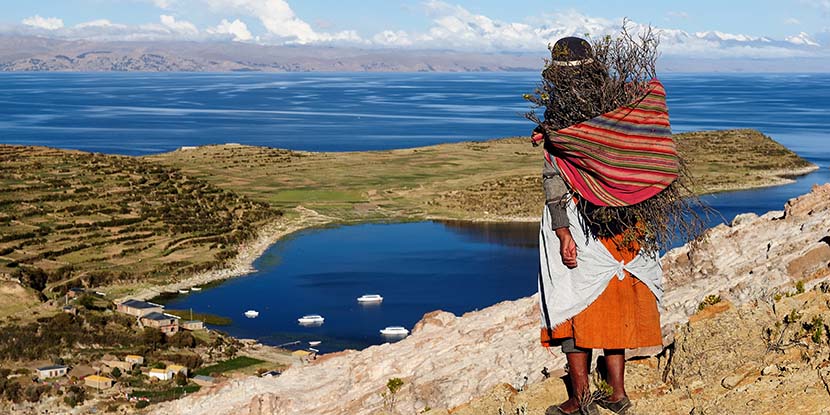
If you don't know South America, you probably don't know what Bolivia It is a multifaceted country and therefore it is not possible to say that its traditions and customs are homogeneous. They are, in fact, as varied as the ethnic groups that make up this rich little American country.
The melting pot of social groups in Bolivia has its roots in the millennial past of this land but also in the colonial legacy of the Spaniards, so here a little bit of everything is combined offering the visitor a cultural rainbow marvelous. Let us then know some of the customs of Bolivia.
Bolivia
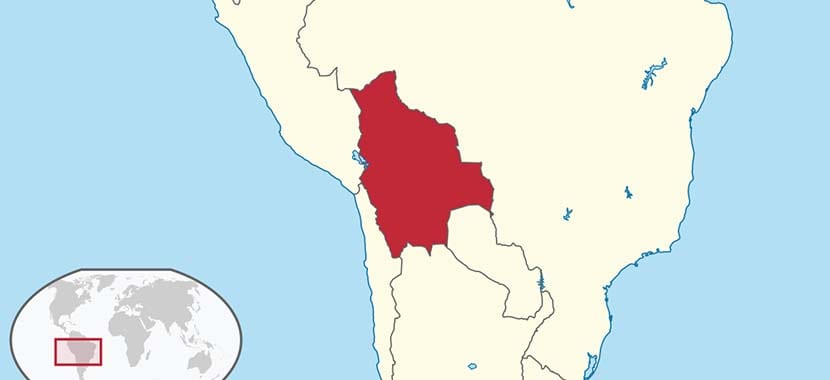
It is in South America and its official name is today Plurinational State of Bolivia, underlining precisely the various ethnic groups that comprise it. It has two very important cities, Sugar (historical and constitutional capital), and La Paz (seat of government), and several official languages, Quechua, Spanish, Aymara, Guaraní, among 33 other languages.
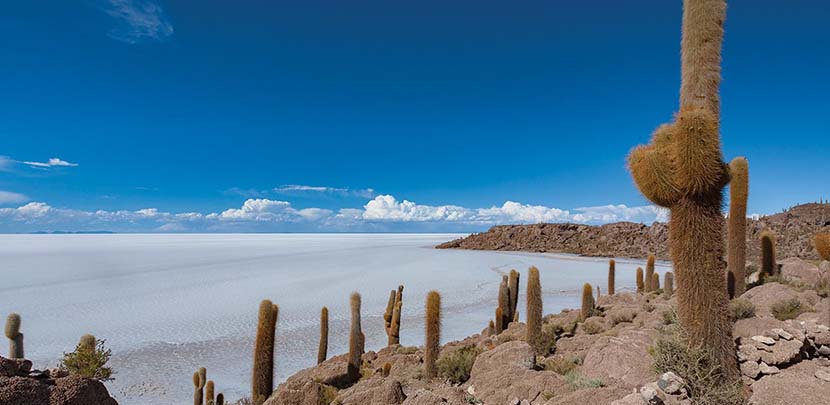
It is inhabited by around 10 million people and its ancient past, heir to the Tiwanaku, Moxeña or Inca cultures, for example, when crossing with the Spanish one produced an interesting cultural miscegenation.
Bolivian customs
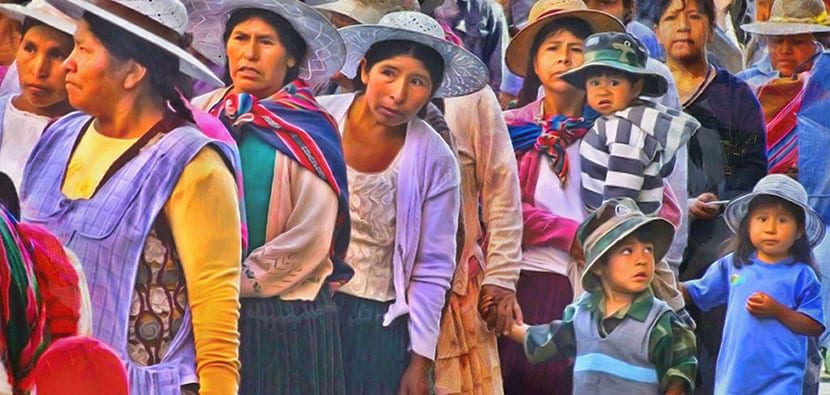
The Bolivian people is in general lines very friendly and with very close family ties. Although the Catholic religion has strong roots, it is still common for couples to live together before getting married. Some Christian customs are maintained and are a reason for gathering and feasting with food and drink, such as weddings, baptisms or funerals.
Obviously customs differ according to the region of the country and according to social class, like everywhere. It must be borne in mind that the Spanish concentrated on the exploitation of the mines of Oruro and Potosí, so the north, south and east were almost abandoned, so that in these parts of the country there are more indigenous traditions and less of European origin. . In a way, the preconceived idea that one has of Bolivian customs has to do with life in the Andes, but in truth there is much more.
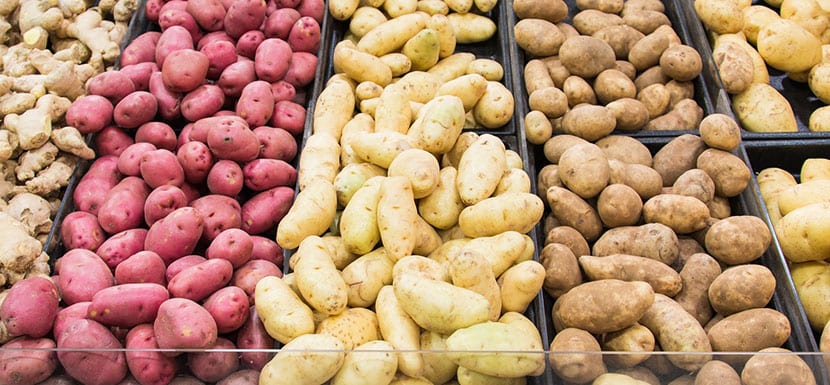
One of the things I like to do the most when I travel is to try the local foodSo what typical foods are there in Bolivia? In principle, it is worth saying that there are typical ingredients of the area that are repeated in neighboring countries: potatofor example the pope. This tuber is popular throughout the highlands and when dehydrated they are known by the name of chuño. Bill corn It is also a classic although forget about the one you know because there is a lot of variety here.
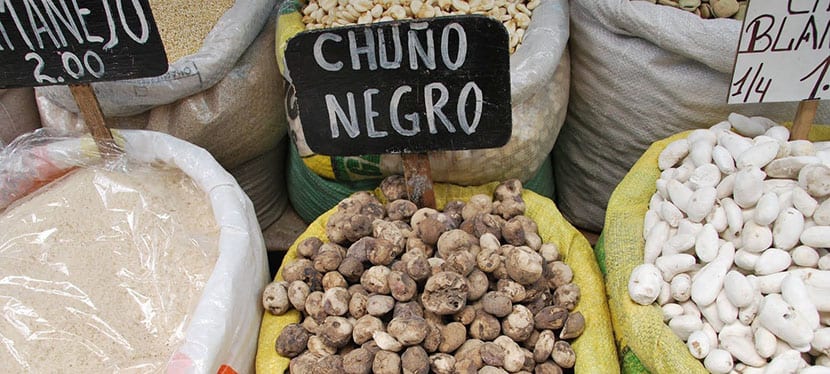
You will see dishes based on chicken, lamb, sheep or cow meat, rice and many soups. The recipes vary from city to city, region to region, but keep in mind that it is not all potato and corn and there are tropical fruits, legumes, soybeans and many vegetables also. I personally like Tamales, with white corn sautéed with butter, chili, minced meat and onion, and the humita in chala, wrapped in the corn husk. It's a delight!
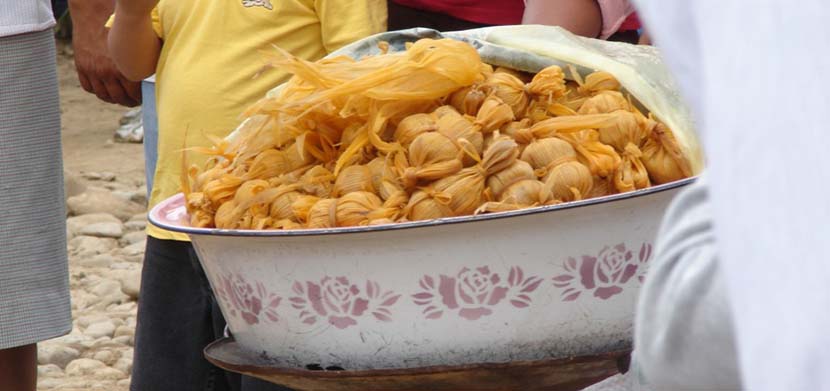
In truth, broadly speaking, we can say that in the tropics gastronomy is influenced by its neighbor Brazil and by Europe and Asia (Santa Cruz is here), there are more meat dishes because it is a cattle breeding area, and in the Andean zone the gastronomy tends to be more spicy.
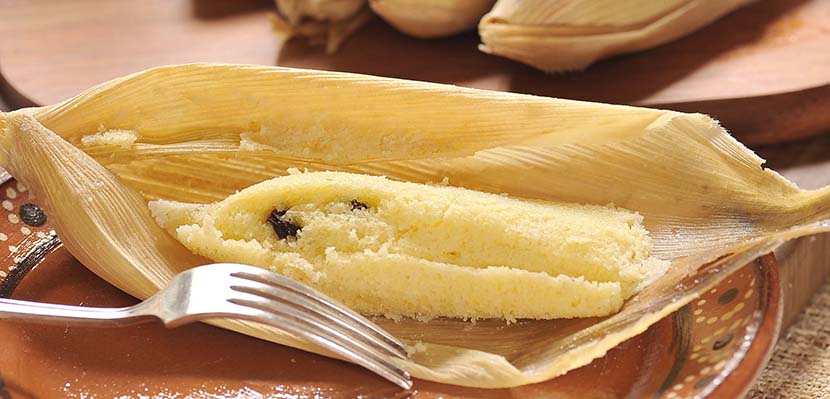
There are many markets in the towns and if eating in the street does not scare you, they are good places to try local flavors. If not, in the cities you can visit restaurants although, of course, it is not the same. If you are in Santa Cruz note that It is a popular place for its meat. The people here love the grill, so if you go out for a walk, take a walk along Equipetrol or Monseñor Rivero avenues since both contain bars, restaurants and cafes. In La Paz the same thing happens in the southern zone or in Prado or San Miguel.
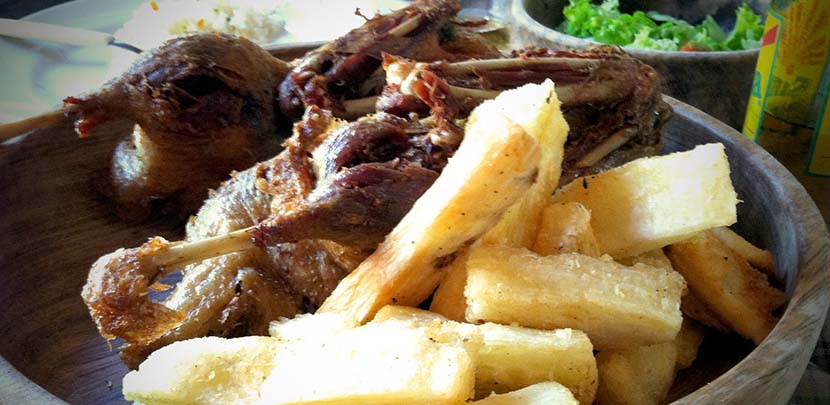
With respect to social customs Bolivians usually do a mid-morning break. It does not last more than half an hour and it is about eating something, a saltena, as they say around here. It is a empanada filled with meat, egg, olives and vegetables several that is exquisite. At midmorning then, don't miss a salteña. And in the middle of the afternoon, rather to tea timeYou will also see that many tend to sit down to drink tea or coffee.
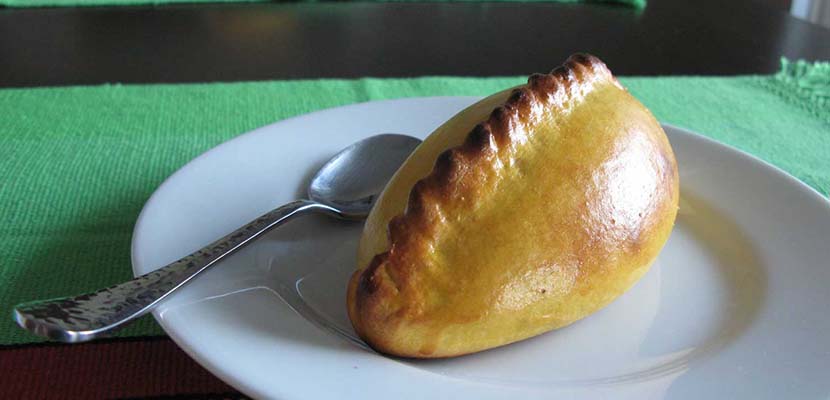
There are many coffee shops or tea rooms, especially in La Paz, Santa Cruz or Cochabamba. Dinner, meanwhile, is served between 8 and 9. Bolivia's climate is varied so it also influences the cuisine. In the tropics people eat more ice cream and juices and 5 o'clock tea, for example, is not so common.
After noon it's nap so most stores close sometime between 12 and 3 in the afternoon. Lunch is long and there are workers who return home to have lunch with their family, for example, especially when distances are short. This is common in many parts of Latin America and the etiquette is also similar so if you have already traveled to this part of the world you will not come across anything weird.
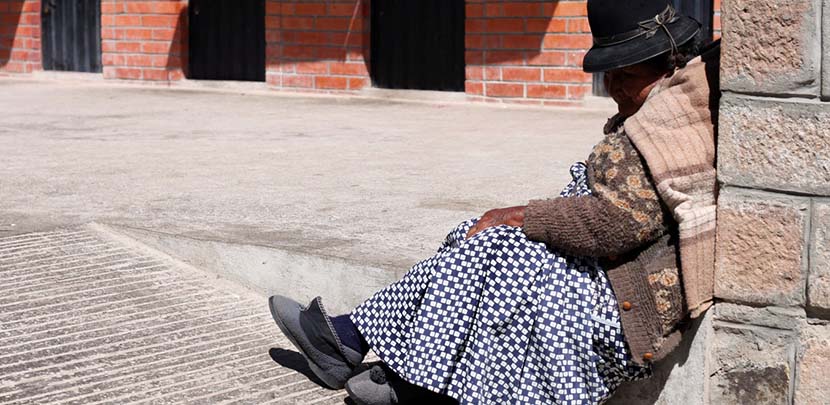
A Bolivian will be more cordial and friendly with you to the extent that he knows you for a longer time and then the etiquette relaxes. Here you do not eat with your hands, except for the common thing that one eats like this (sandwiches, hamburgers), the salt is passed by leaning it on the table (it is bad luck to pass it from hand to hand), the polite thing is to fall with a gift if you They invite a house, flowers, chocolates, wine, and if there are children something for them and those kinds of details that at this point we see in many countries.
The etiquette varies a bit depending on whether you go to a family home or a restaurant with friends or a business lunch. It is said that in general the people of Santa Cruz are more relaxed in this matter than the people of the Andean area, for example, but that does not mean that you can go to eat in flip-flops.
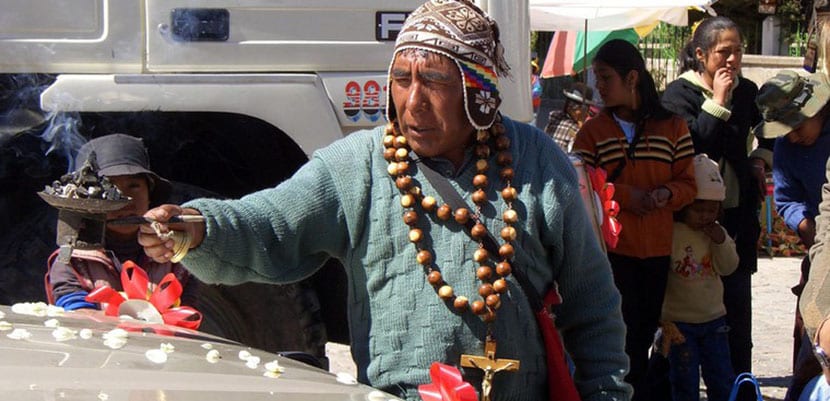
Finally, Are there weird customs in Bolivia? Yes. Cars are blessed, for example. A Catholic priest blesses the cars every day at 10 in the morning in Copacabana, on the shores of Lake Titicaca in a ceremony in which fireworks and alcohol are not lacking on each vehicle. Another custom is read the luck in the coca leaves. The calls Yataris they read fortune by throwing coca leaves into the air and interpreting the future according to how they fall.
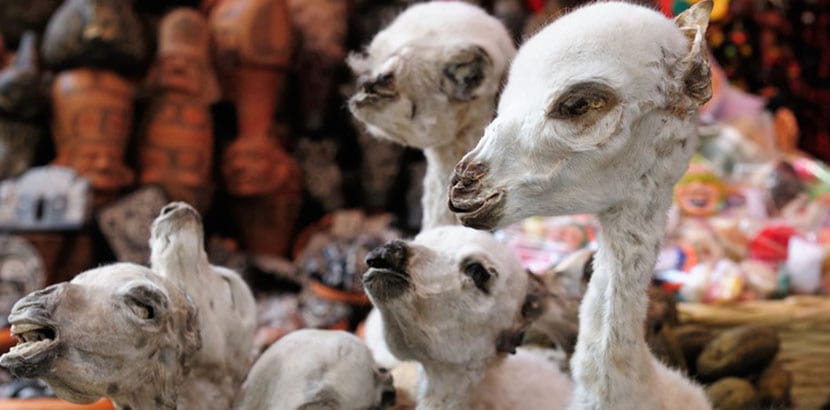
Are you going to Bolivia in November? Then you can participate in the party of All death's day. At the beginning of that month, the Aymara people of the western lands decorate human skulls, eager for the souls of the dead to protect and heal them. If the skull is a relative, better, although the robbery of graves seems to be the order of the day ...
In this same vein if you take a walk around the popular La Paz Witches Market You will see stuffed baby llamas that people buy to bury in their new houses asking for the favor of Pachamama, Mother Nature.